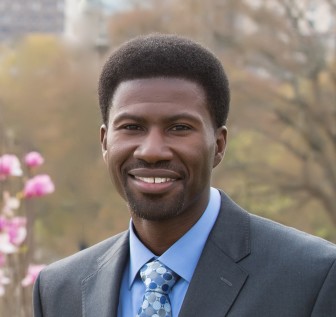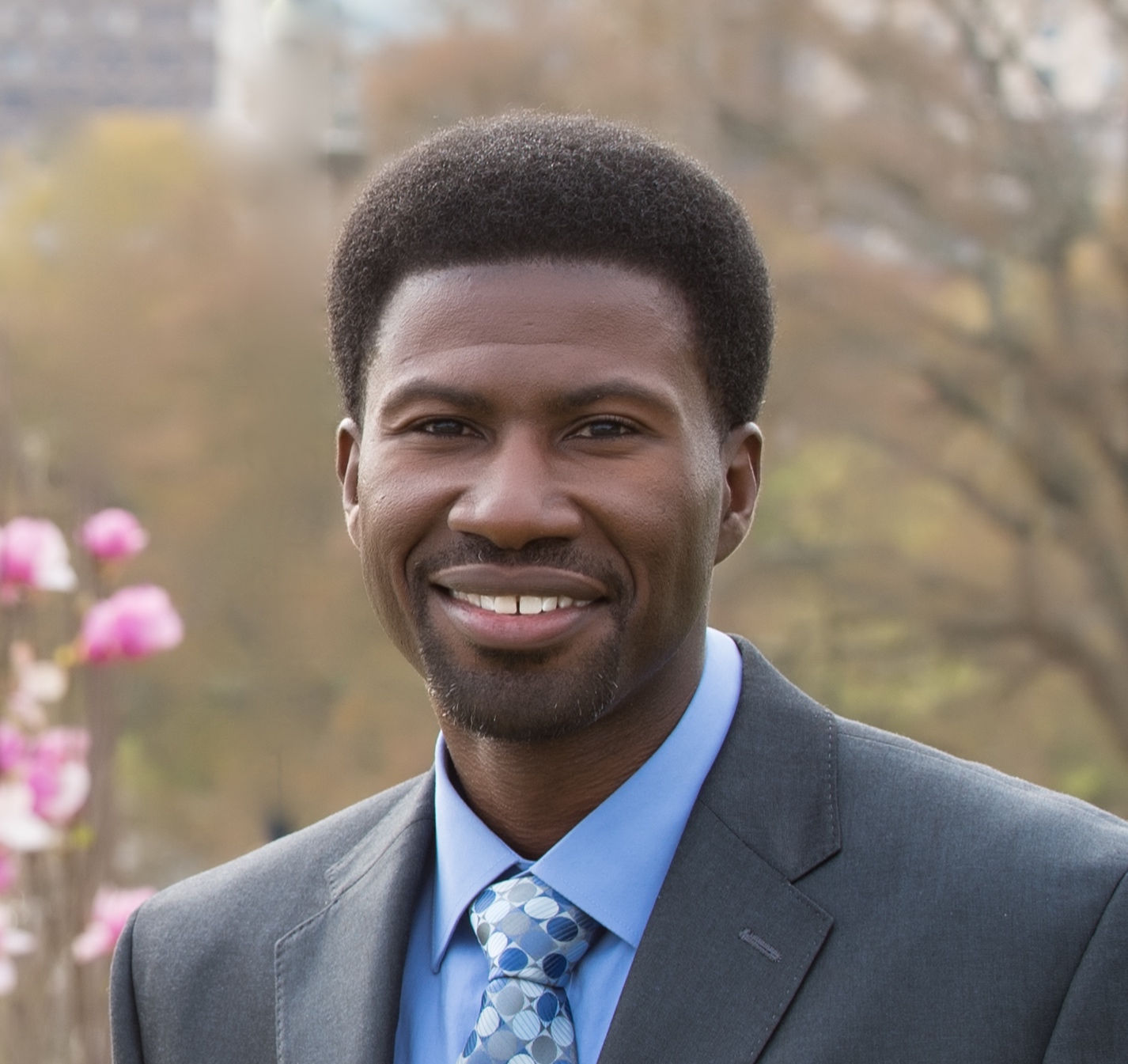 On March 11, “20/20” aired a special detailing the rise of heroin addiction in suburban towns in New Hampshire. Twitter buzzed with discussions that ranged from individuals expressing sorrow and pity to individuals highlighting the disparities of the media’s coverage.
On March 11, “20/20” aired a special detailing the rise of heroin addiction in suburban towns in New Hampshire. Twitter buzzed with discussions that ranged from individuals expressing sorrow and pity to individuals highlighting the disparities of the media’s coverage.
Many lamented the lack of sympathetic media exposure when heroin and crack cocaine ravaged many minority communities. Some argued that the media portrayed heroin and crack cocaine addicts from inner-city communities as criminals, “crackheads” and “dope fiends” rather than treatment-needy addicts.
There was some discussion between individuals with different opinions, which led to debate about equality, addiction treatment and our national drug epidemic.
Perusing the comments, I could literally see youth who I had treated over the years. Their indelible faces were different hues, different ethnicities and from different socioeconomic classes, but they all shared one common characteristic, addiction!
Yes, disparities exist along the lines of race and class. Yes, the media discriminates, individuals discriminate and draw conclusions based on stereotypes or misguided perceptions, but addiction does not play favorites and shows no mercy. Addiction does not discriminate.
During a recent assessment, a client explained that she never acquired crack from the “projects” but purchased pure cocaine and used flasks and beakers to manufacture it into crack. She had an air of superiority in her voice, as if creating crack with laboratory-quality equipment made it different or even better. However, just weeks later, her crack addiction depleted her funds, destroyed her relationships and led her to the same projects she once thought were beneath her.
In 2014, the American Society of Addiction Medicine reported that prescription pain relievers caused approximately 40 percent of accidental overdose deaths. Heroin caused 22 percent of accidental deaths and nearly half a million youth between 12 and 17 abused prescription pain medication in 2014. The Centers for Disease Control noted that not only are youth abusing pain relievers but 18- to 25-year-olds are the fastest-growing abusers of heroin.
As prescription pain medication abuse grows in prevalence among youth, we can expect the rates of accidental overdose deaths among 12- to 25-year-olds to increase in proportion. What can parents, professionals and others concerned about youth do to make a difference?
Perception
Perception is powerful. Years ago, a young client informed me that she only used clean drugs. She considered pills clean because unlike alcohol and marijuana they omitted no offensive odor and she could bypass her parents after a party undetected. Her perception of cleanliness influenced her use of pills despite the actual dangerousness of using them.
[Related: The American Dream Delayed by Addiction]
Every year, The University of Michigan publishes a national survey of eighth-, 10th- and 12th-grade students called Monitoring the Future. Each year, they find that a drug’s perceived dangerousness and actual drug use have an inverse relationship. When students perceive that a drug is not dangerous, their use of that drug increases. In order to educate youth, we must first understand their perceptions and work to challenge and educate them about the realities of the drugs they use, clean or not.
Prevention
Relevant drug education programs provide a deterrent to drug abuse among youth. However, our education efforts must include both illicit substances such as crack, methamphetamine and heroin as well as legal prescription medications. Organizations such as Partnership for Drug-Free Kids provide education and resources to families and youth. The National Institute on Drug Abuse (NIDA for TEENS) and the Substance Abuse and Mental Health Service Administration (SAMHSA) provide a wealth of free educational resources and materials.
Policies
It is important that lawmakers receive information about drug trends affecting youth so that they can make informed and proactive decisions about future legislation. The federal government has enacted a prescription drug abuse prevention plan that targets action in four key areas: Education about the dangers of prescription drug misuse and abuse, monitoring the medications prescribed by practitioners and sold by pharmacies, ensuring proper disposal, and enforcement of new laws.
Parents
Parents need education about how to detect the signs of abuse, the importance of securing medication and, most importantly, how to communicate with their children about drugs. One young lady from a upper-middle-class family, an accomplished athlete and an honor student, fell into the trap of addiction. After a sports-related injury, she used some of her grandmother’s pain medication to manage her discomfort. Her parents, unaware of the danger, approved of her use because it was legal medication and her grandmother had plenty to share.
It was not long before she began frequenting her grandmother’s purse even weeks and months after the pain from the injury subsided. Her addiction to prescription pain medication led her down a long and painful road. Parents need to know that keeping their children away for grandma’s purse may be just as vital as keeping them away from the projects.
Addiction is a real problem in our culture. It is a real problem in the inner city and the suburbs. All those who suffer from it deserve access to care and treatment regardless of race, socioeconomic standing and whether they acquire their drugs from projects or their grandmother’s purse.
Jeremiah Hopes is a professional counselor, speaker, professional trainer and author. He is founder of The Center of Hopes™ a counseling, speaking, and training organization committed to the prevention of juvenile delinquency. For more information about Jeremiah and his work please visit: www.centerofhopes.com
More related articles:
Substance Abuse Prevention Must Move Beyond Health Care Settings
Don’t Overlook These Areas When Picking a Treatment Center for Children
































